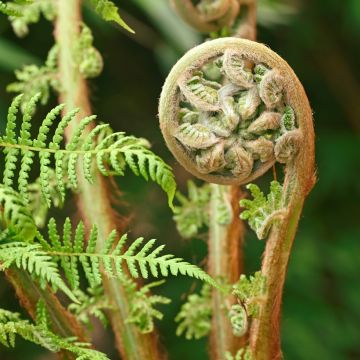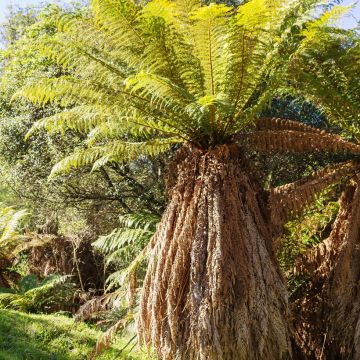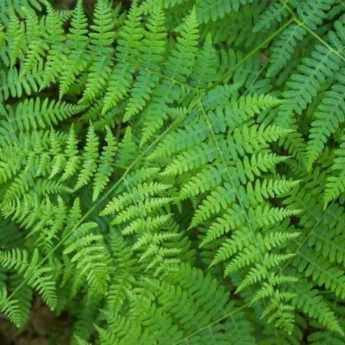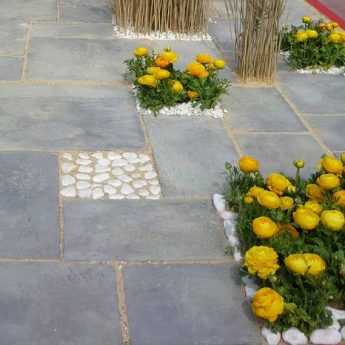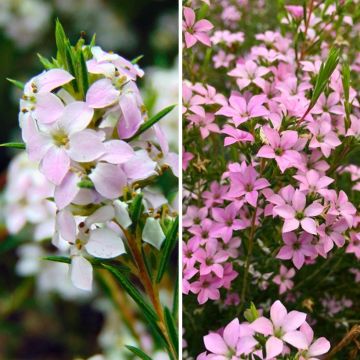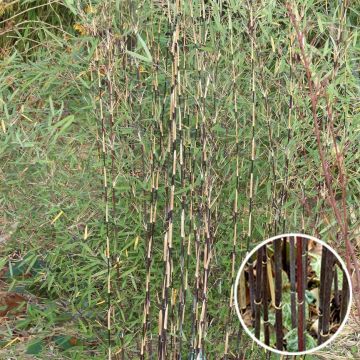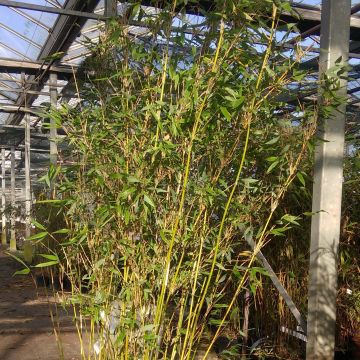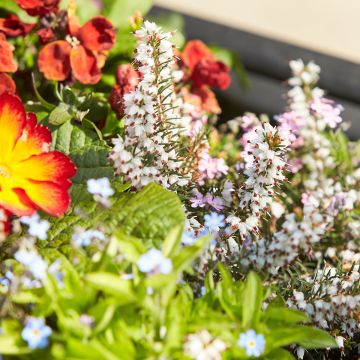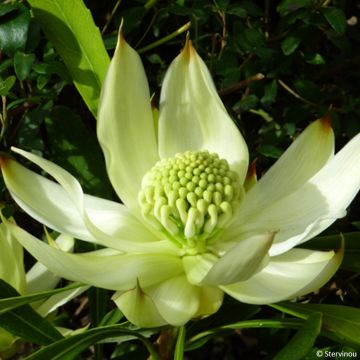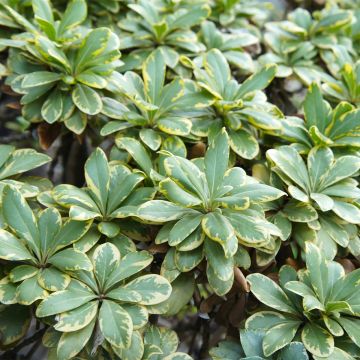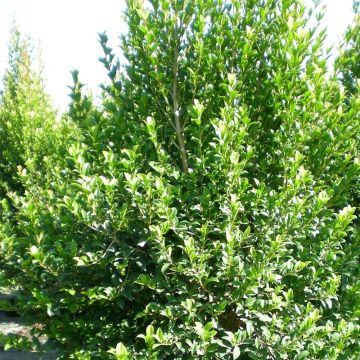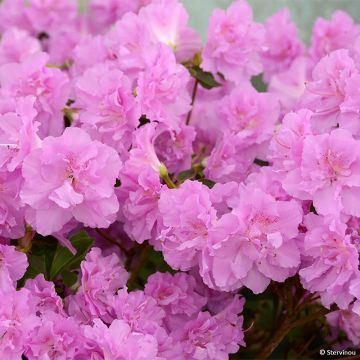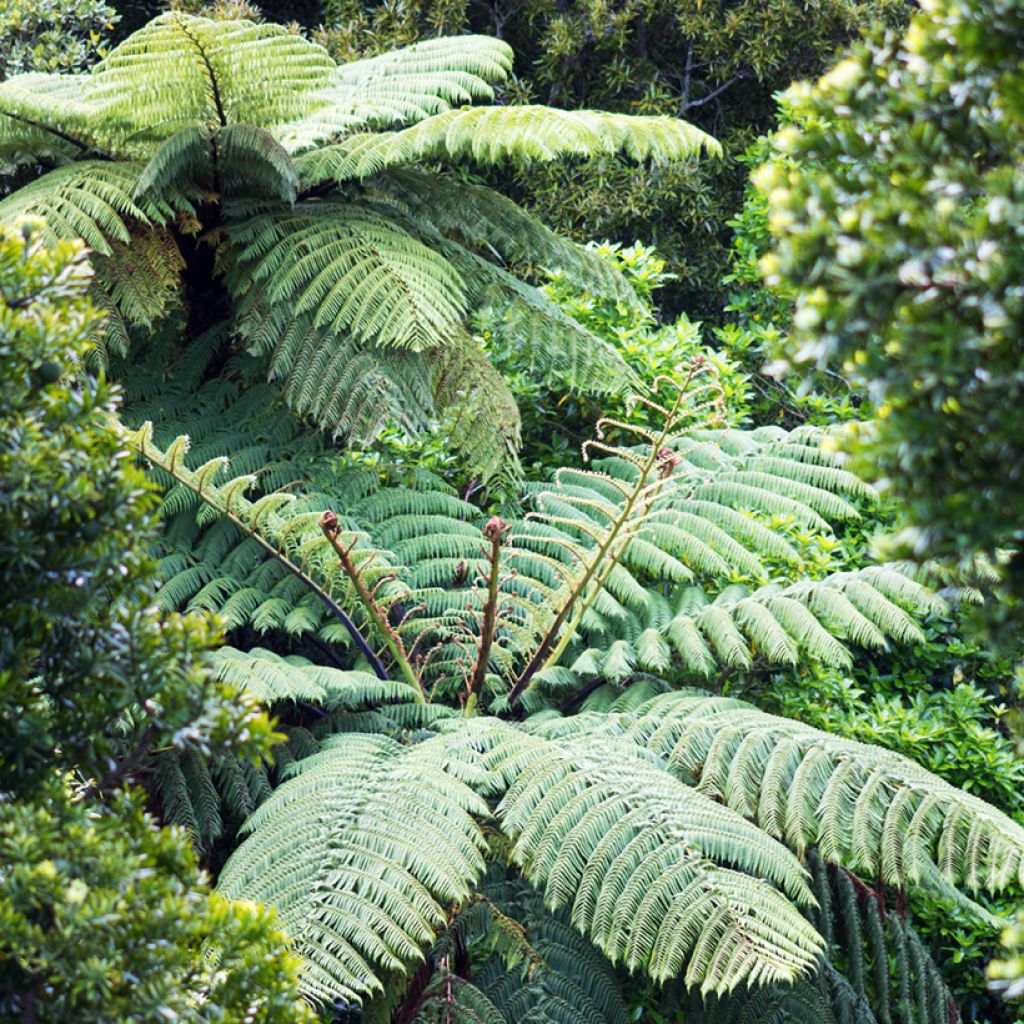

Dicksonia squarrosa - Tree Fern
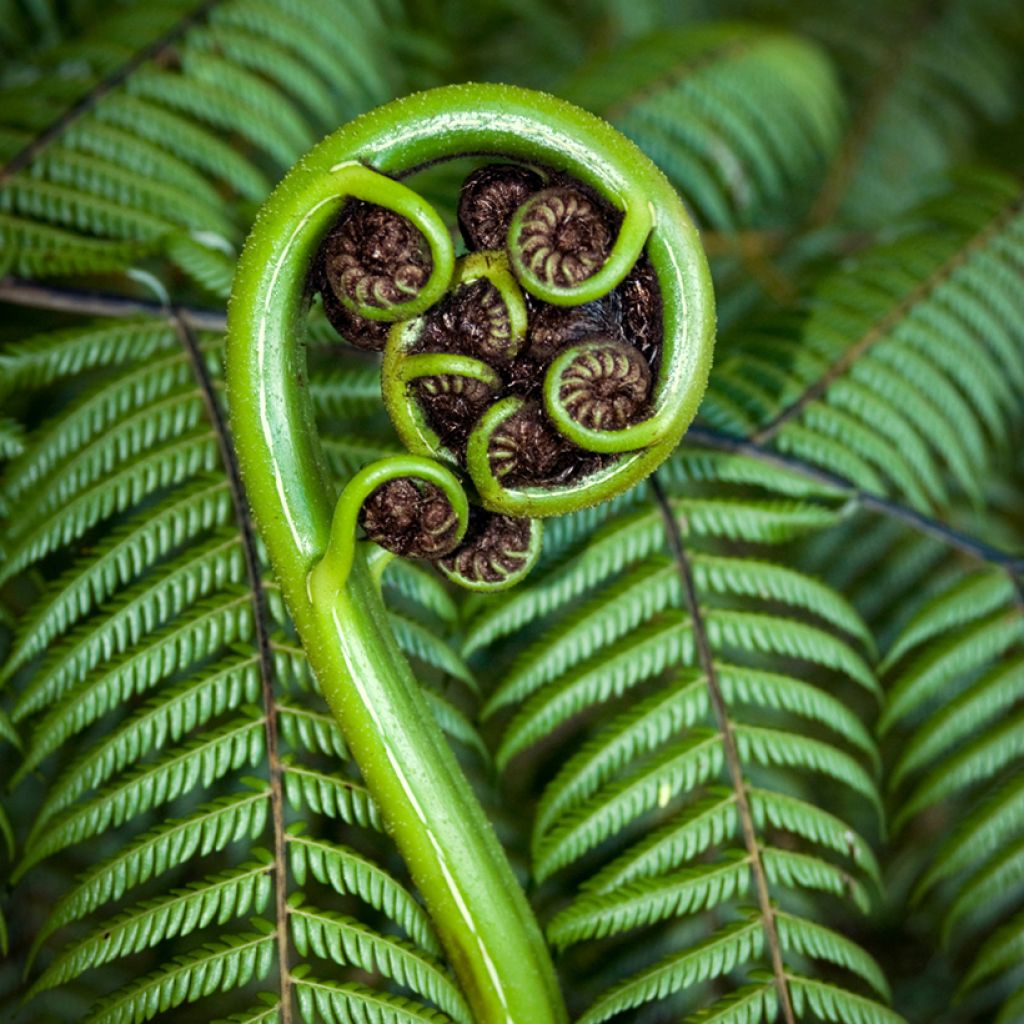

Dicksonia squarrosa - Tree Fern
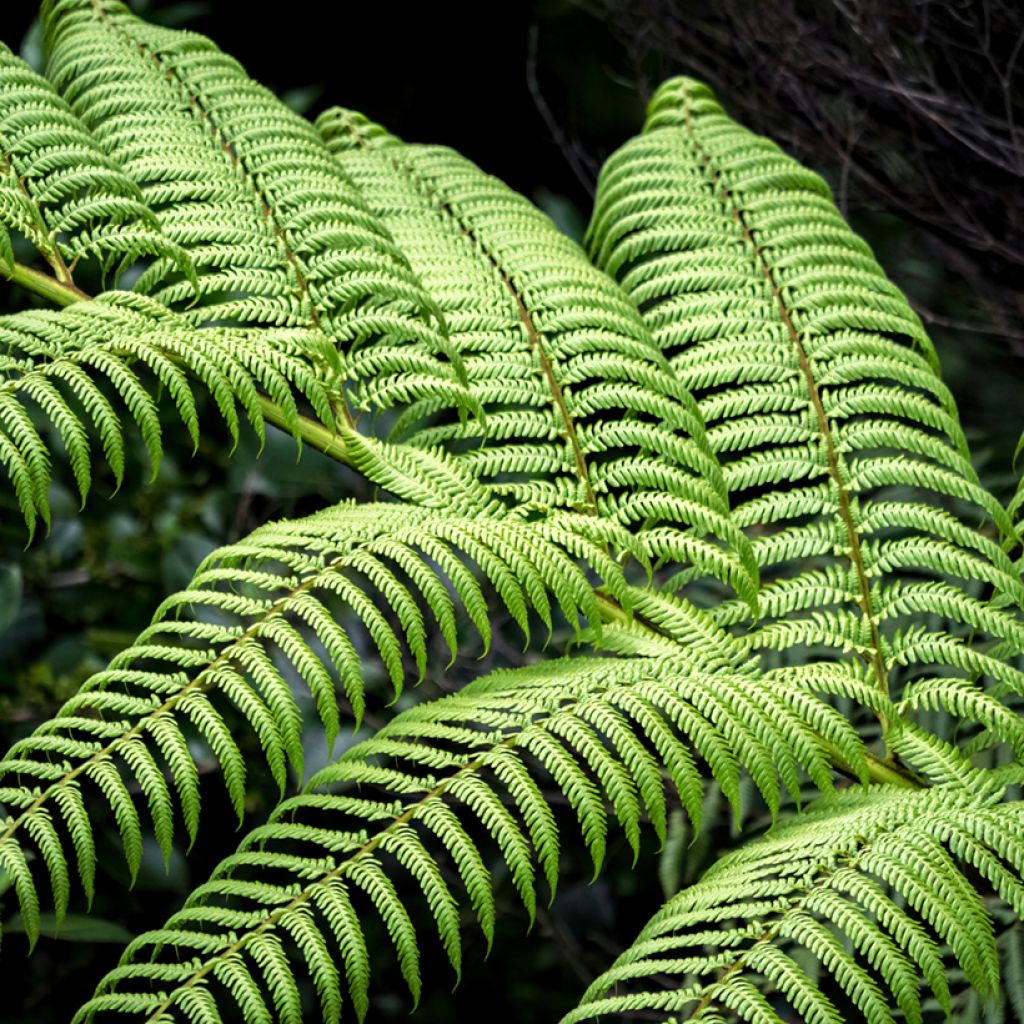

Dicksonia squarrosa - Tree Fern
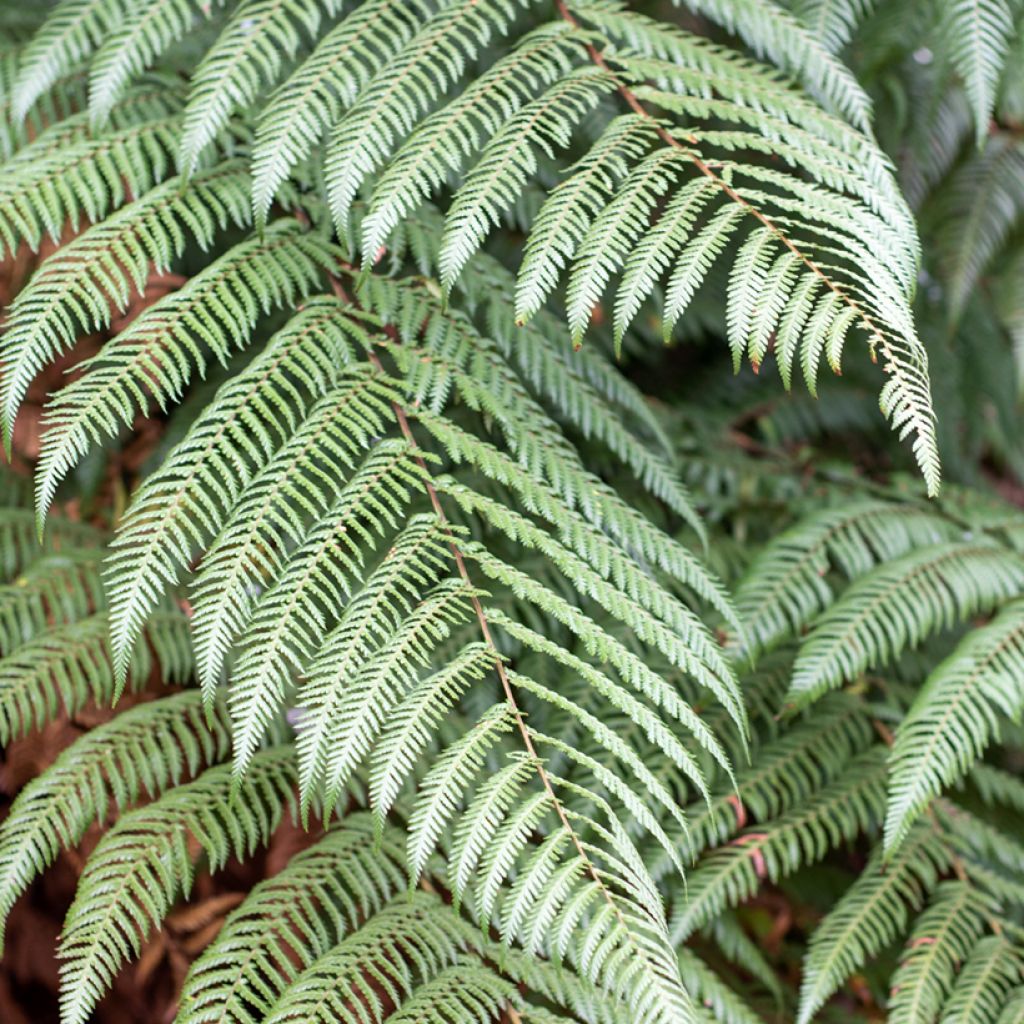

Dicksonia squarrosa - Tree Fern
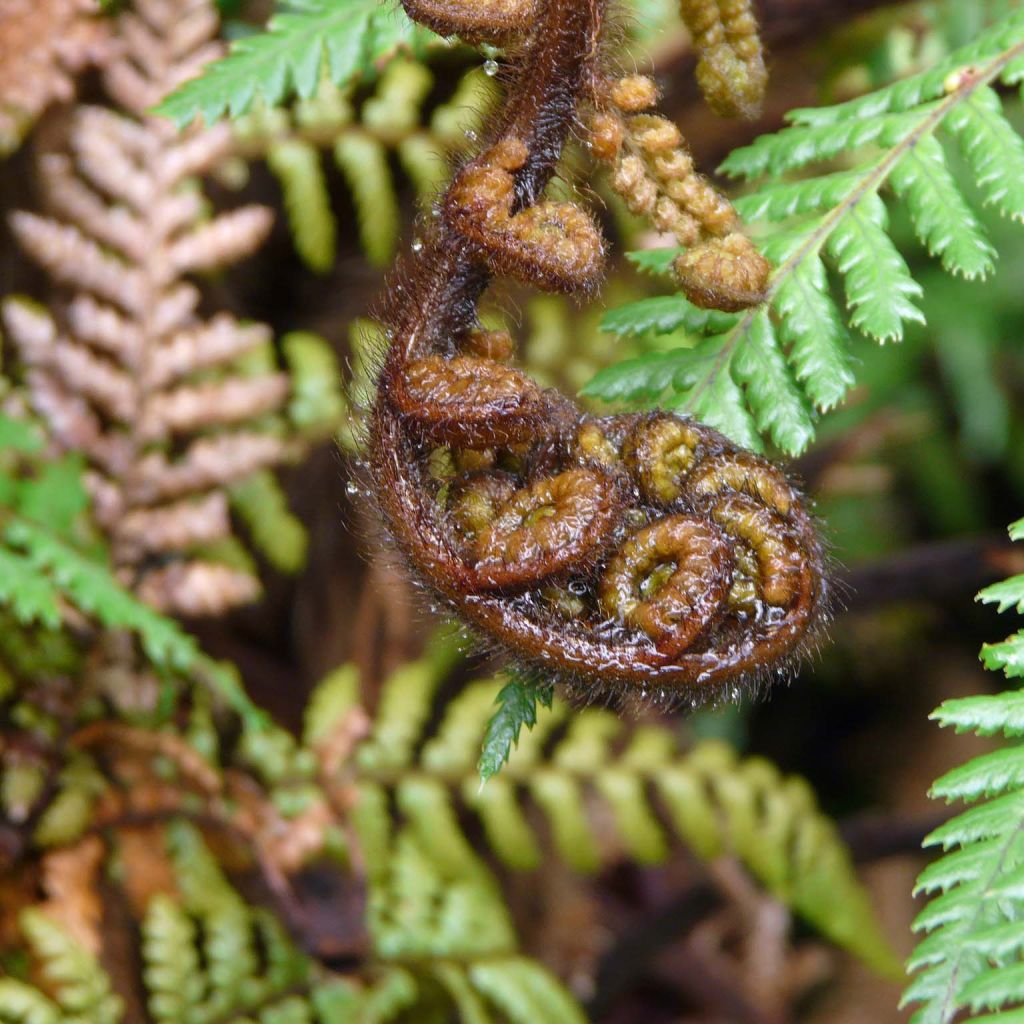

Dicksonia squarrosa - Tree Fern
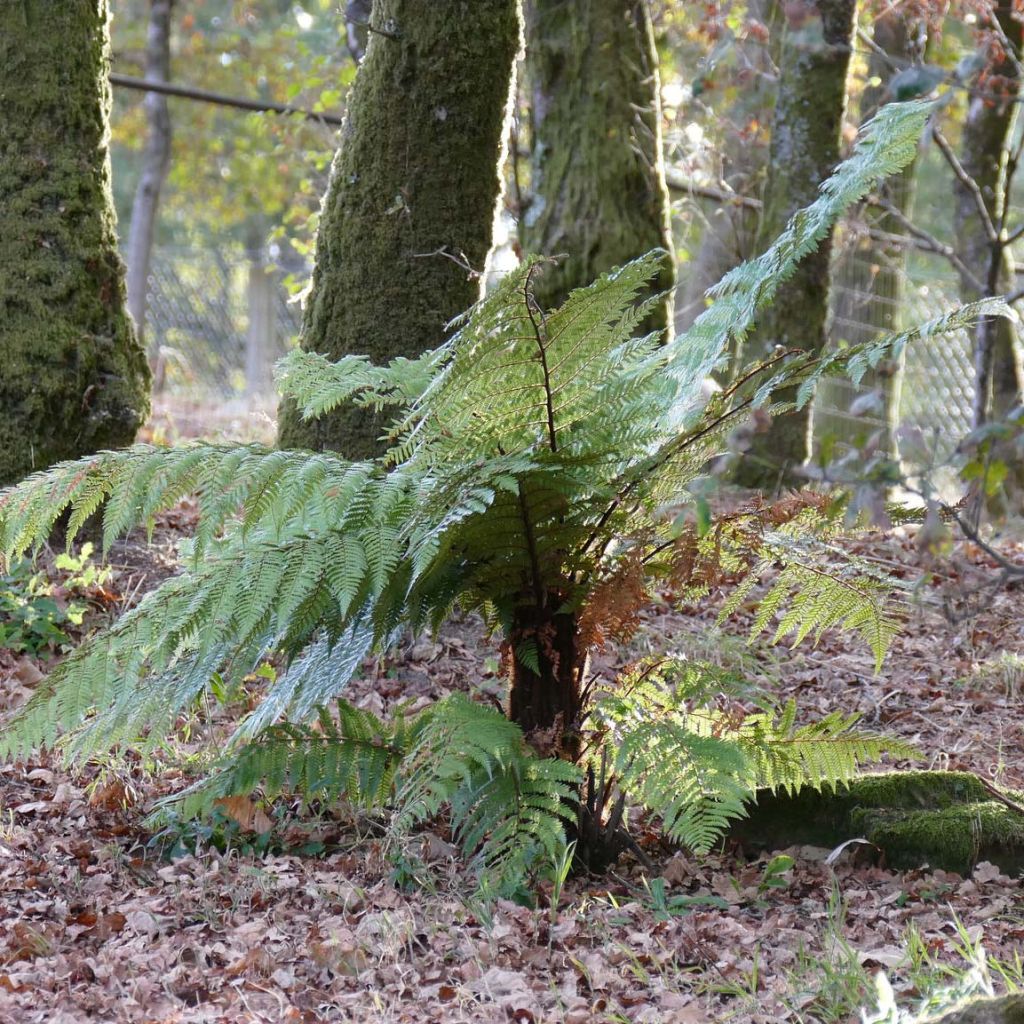

Dicksonia squarrosa - Tree Fern
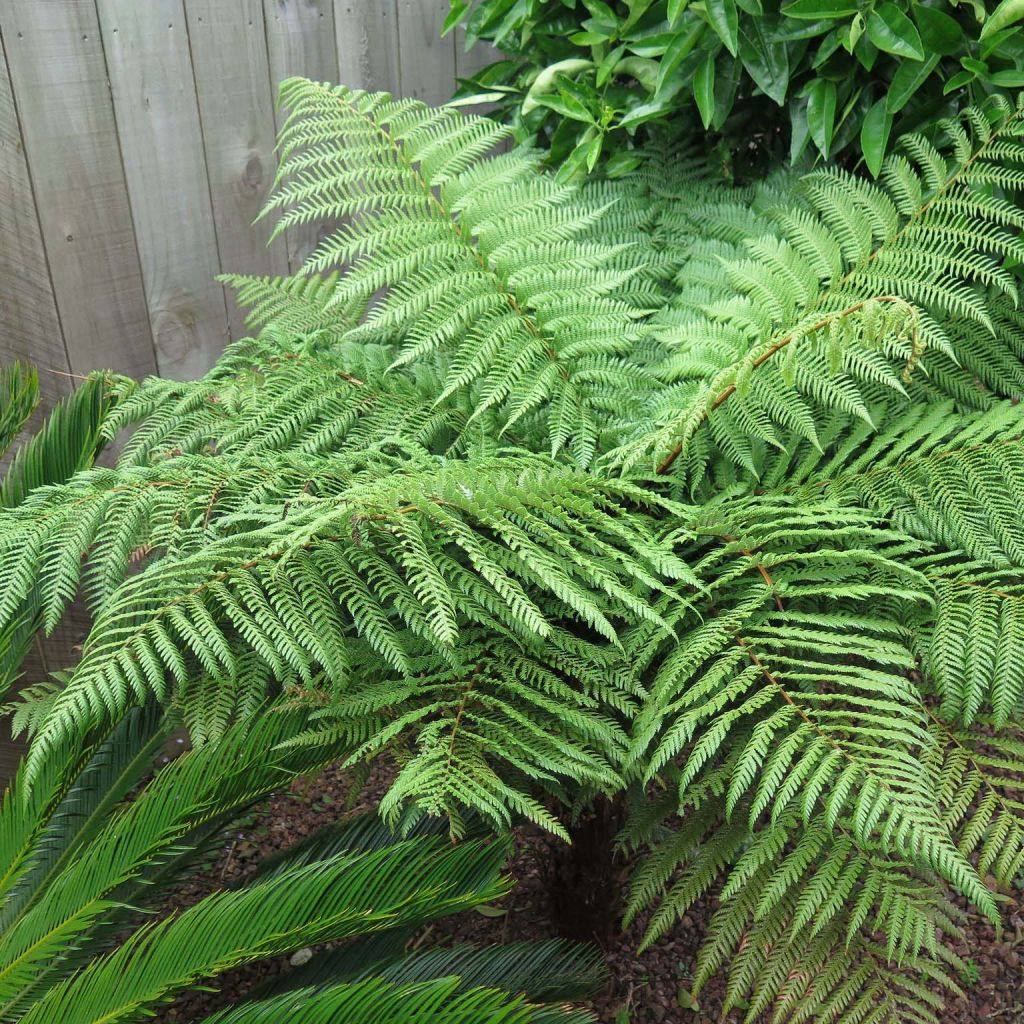

Dicksonia squarrosa - Tree Fern
Dicksonia squarrosa - Tree Fern
Dicksonia squarrosa
New Zealand Tree Fern
Why not try an alternative variety in stock?
View all →This plant carries a 24 months recovery warranty
More information
We guarantee the quality of our plants for a full growing cycle, and will replace at our expense any plant that fails to recover under normal climatic and planting conditions.

Does this plant fit my garden?
Set up your Plantfit profile →
Description
The Dicksonia squarrosa is a tree fern that is much less known than its cousin, Dicksonia antartica. This fern, native to New Zealand, is less imposing than its cousin but also slightly less cold resistant, which makes it suitable for pot cultivation and winter storage in most areas. It is recognised by its ability to form several thin, dark and rough stipes, each topped with a crown of light green fronds carried by a very dark petiole. It takes a suitable climate, soil, and expertise to grow this beautiful, exotic collector's plant successfully.
The Dicksonia squarrosa belongs to the family of Dicksoniaceae. It is an endemic species to the moist forests of New Zealand, with rather slow growth under our latitudes. It consists of underground rhizomes capable of generating several thin stipes (trunks), crossed by a dense network of almost black capillary roots and covered with old brown, dry fronds. These stipes produce 3 to 5 fronds in their upper part, which grow almost horizontally, arranged in an 'umbrella' shape. They are carried by long, hairy petioles of a very dark brown that extend to the tip of each frond. Each frond, soft to the touch, measures about 1.50 m (4 ft 11 in) in length. They are evergreen and each frond has an average lifespan of 2 years when the frost is not too severe, otherwise they "burn" in winter and are replaced by a new crown of fronds the following spring. The entire plant will measure an average of 1.30 m (4 ft 4 in) in height and 1 m (3 ft 4 in) in spread at the age of 10 years. Ultimately, this tree fern does not exceed 3 m (9 ft 10 in) in height and about 1.50 m (4 ft 11 in) to 2 m (6 ft 7 in) in spread.
Tree ferns are not known for their great hardiness, however, some species including Dicksonia antartica and D. fibrosa are quite hardy without any protection down to -7C°, and even down to -10C° if they are in a sheltered location, without wind. As for the Dicksonia squarrosa, it is commonly accepted that its hardiness does not exceed -5°C for a short period without protection in a sheltered position. Beyond that, winter protection is necessary. It can be reduced to a "straw hat" to protect the future fronds at the top of the stipe (trunk), which is the most sensitive area to cold. In this way, the fern can withstand brief frosts of around -7°C. Another solution is to cultivate it in a large pot and bring it indoors during winter in an unheated or minimally heated conservatory. In addition to its low cold resistance, this tree fern only thrives in the constantly humid atmosphere of woodland and in a humus-rich, moist soil, without any trace of limestone. Its cultivation in the ground is therefore reserved for the mildest areas, in the company of other beautiful acid-loving plants such as large rhododendrons, camellias, mimosas, Eucalyptus, pieris, or Japanese maples.
Report an error about the product description
Dicksonia squarrosa - Tree Fern in pictures
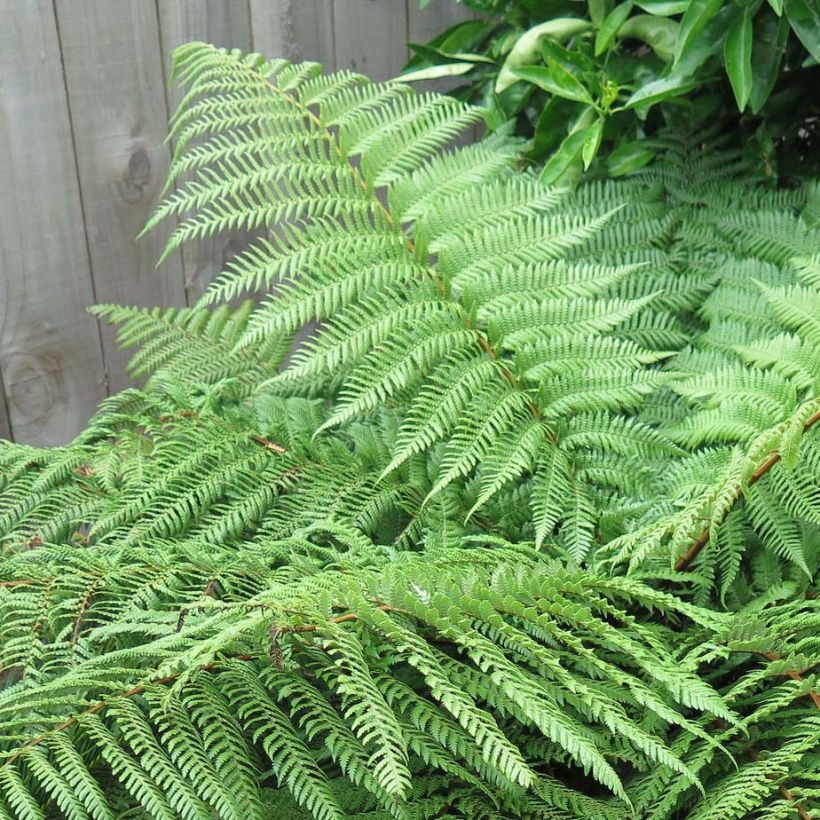

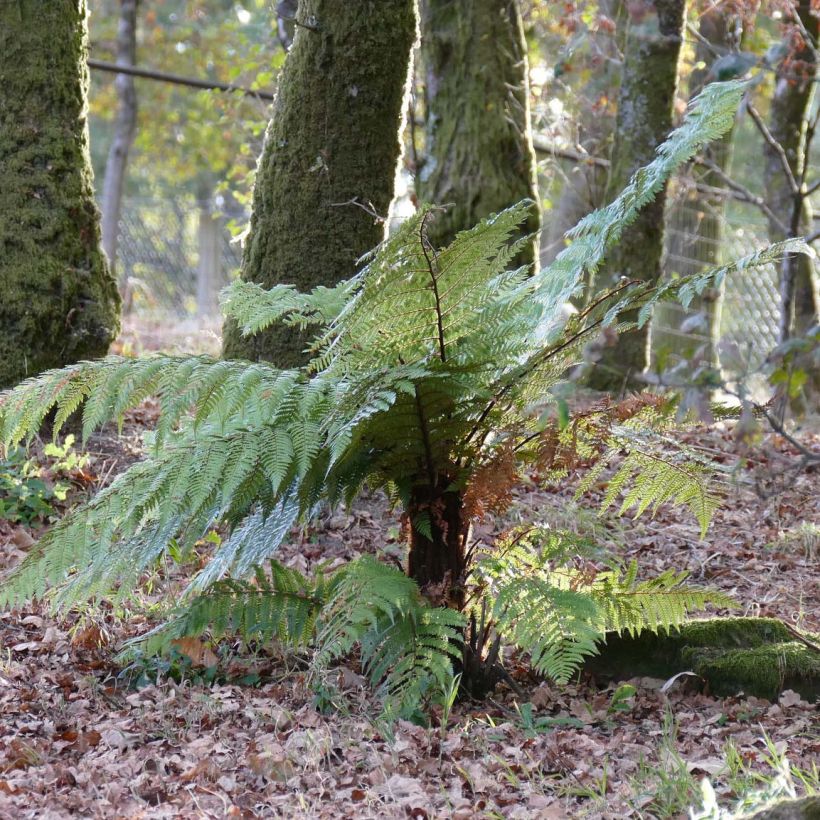

Plant habit
Foliage
Botanical data
Dicksonia
squarrosa
Dicksoniaceae
New Zealand Tree Fern
Oceania
Planting and care
The Dicksonia squarrosa thrives in partial shade and can tolerate non-burning sun if the location is protected and humid. The air humidity is crucial for this plant as it is sensitive to drying winds, so it should be kept in an area with high humidity. Additionally, it prefers moist soils rich in humus, slightly acidic, and free from lime traces.
Planting the Dicksonia squarrosa in the ground is recommended only for mild climates (zone 9). In other areas, it should be grown in a pot and brought indoors to a frost-free conservatory during winter. Tree ferns are not very hardy, and the Dicksonia squarrosa can only handle temperatures down to approximately -5°C (23°F) for a brief period if it is in a sheltered location with no wind. Beyond that, winter protection is necessary.
A simple way to protect the fern during winter is to cover the top of the trunk with a "straw hat" that will shelter the future fronds, which is the most sensitive area to cold. This will help the fern withstand temperatures of around -7°C (19.4°F) for a short period. Alternatively, the plant can be cultivated in a large pot and brought indoors to a frost-free or minimally heated conservatory during winter.
Planting period
Intended location
Care
Planting & care advice
This item has not been reviewed yet - be the first to leave a review about it.
Similar products
Haven't found what you were looking for?
Hardiness is the lowest winter temperature a plant can endure without suffering serious damage or even dying. However, hardiness is affected by location (a sheltered area, such as a patio), protection (winter cover) and soil type (hardiness is improved by well-drained soil).

Photo Sharing Terms & Conditions
In order to encourage gardeners to interact and share their experiences, Promesse de fleurs offers various media enabling content to be uploaded onto its Site - in particular via the ‘Photo sharing’ module.
The User agrees to refrain from:
- Posting any content that is illegal, prejudicial, insulting, racist, inciteful to hatred, revisionist, contrary to public decency, that infringes on privacy or on the privacy rights of third parties, in particular the publicity rights of persons and goods, intellectual property rights, or the right to privacy.
- Submitting content on behalf of a third party;
- Impersonate the identity of a third party and/or publish any personal information about a third party;
In general, the User undertakes to refrain from any unethical behaviour.
All Content (in particular text, comments, files, images, photos, videos, creative works, etc.), which may be subject to property or intellectual property rights, image or other private rights, shall remain the property of the User, subject to the limited rights granted by the terms of the licence granted by Promesse de fleurs as stated below. Users are at liberty to publish or not to publish such Content on the Site, notably via the ‘Photo Sharing’ facility, and accept that this Content shall be made public and freely accessible, notably on the Internet.
Users further acknowledge, undertake to have ,and guarantee that they hold all necessary rights and permissions to publish such material on the Site, in particular with regard to the legislation in force pertaining to any privacy, property, intellectual property, image, or contractual rights, or rights of any other nature. By publishing such Content on the Site, Users acknowledge accepting full liability as publishers of the Content within the meaning of the law, and grant Promesse de fleurs, free of charge, an inclusive, worldwide licence for the said Content for the entire duration of its publication, including all reproduction, representation, up/downloading, displaying, performing, transmission, and storage rights.
Users also grant permission for their name to be linked to the Content and accept that this link may not always be made available.
By engaging in posting material, Users consent to their Content becoming automatically accessible on the Internet, in particular on other sites and/or blogs and/or web pages of the Promesse de fleurs site, including in particular social pages and the Promesse de fleurs catalogue.
Users may secure the removal of entrusted content free of charge by issuing a simple request via our contact form.
The flowering period indicated on our website applies to countries and regions located in USDA zone 8 (France, the United Kingdom, Ireland, the Netherlands, etc.)
It will vary according to where you live:
- In zones 9 to 10 (Italy, Spain, Greece, etc.), flowering will occur about 2 to 4 weeks earlier.
- In zones 6 to 7 (Germany, Poland, Slovenia, and lower mountainous regions), flowering will be delayed by 2 to 3 weeks.
- In zone 5 (Central Europe, Scandinavia), blooming will be delayed by 3 to 5 weeks.
In temperate climates, pruning of spring-flowering shrubs (forsythia, spireas, etc.) should be done just after flowering.
Pruning of summer-flowering shrubs (Indian Lilac, Perovskia, etc.) can be done in winter or spring.
In cold regions as well as with frost-sensitive plants, avoid pruning too early when severe frosts may still occur.
The planting period indicated on our website applies to countries and regions located in USDA zone 8 (France, United Kingdom, Ireland, Netherlands).
It will vary according to where you live:
- In Mediterranean zones (Marseille, Madrid, Milan, etc.), autumn and winter are the best planting periods.
- In continental zones (Strasbourg, Munich, Vienna, etc.), delay planting by 2 to 3 weeks in spring and bring it forward by 2 to 4 weeks in autumn.
- In mountainous regions (the Alps, Pyrenees, Carpathians, etc.), it is best to plant in late spring (May-June) or late summer (August-September).
The harvesting period indicated on our website applies to countries and regions in USDA zone 8 (France, England, Ireland, the Netherlands).
In colder areas (Scandinavia, Poland, Austria...) fruit and vegetable harvests are likely to be delayed by 3-4 weeks.
In warmer areas (Italy, Spain, Greece, etc.), harvesting will probably take place earlier, depending on weather conditions.
The sowing periods indicated on our website apply to countries and regions within USDA Zone 8 (France, UK, Ireland, Netherlands).
In colder areas (Scandinavia, Poland, Austria...), delay any outdoor sowing by 3-4 weeks, or sow under glass.
In warmer climes (Italy, Spain, Greece, etc.), bring outdoor sowing forward by a few weeks.



































